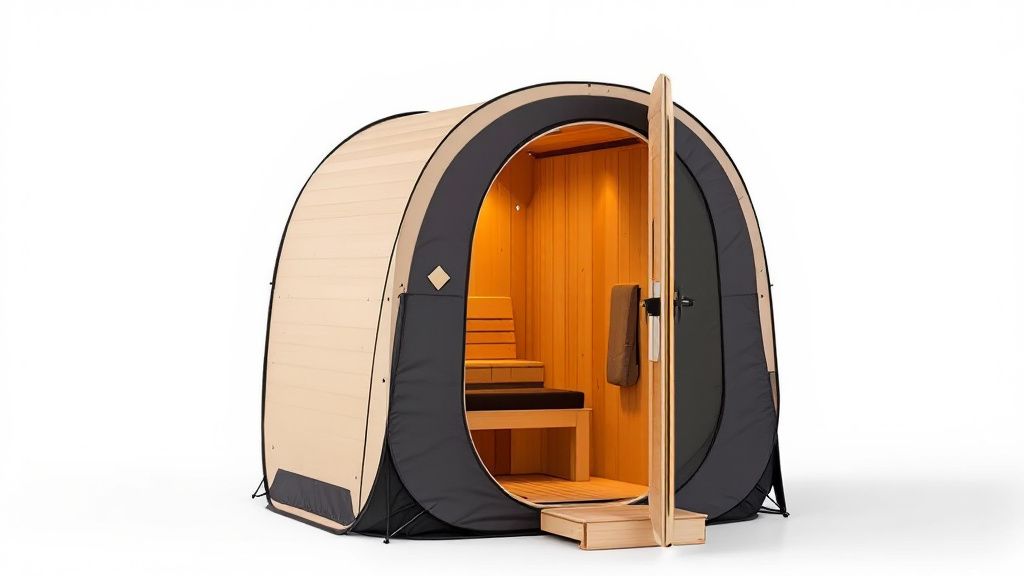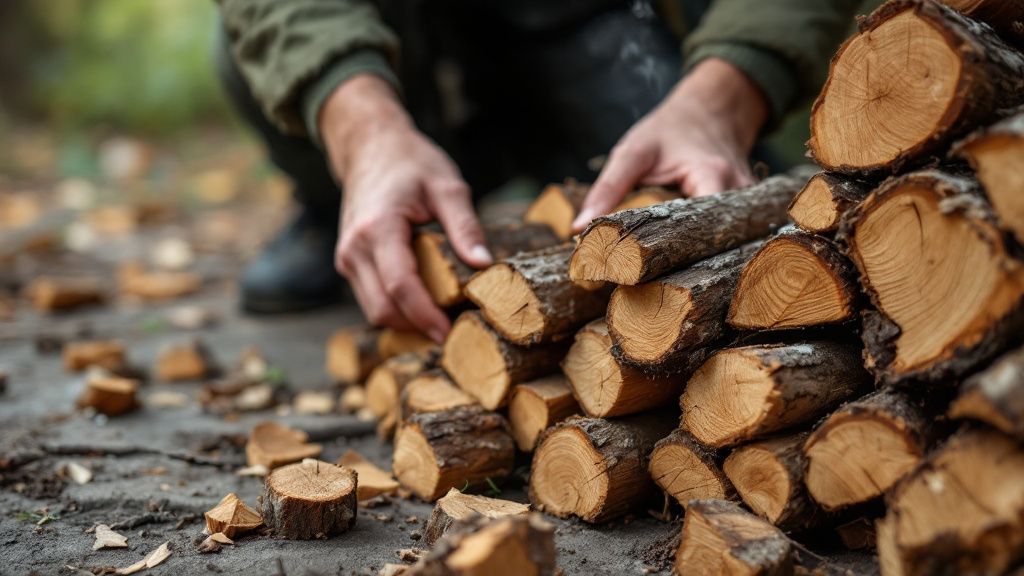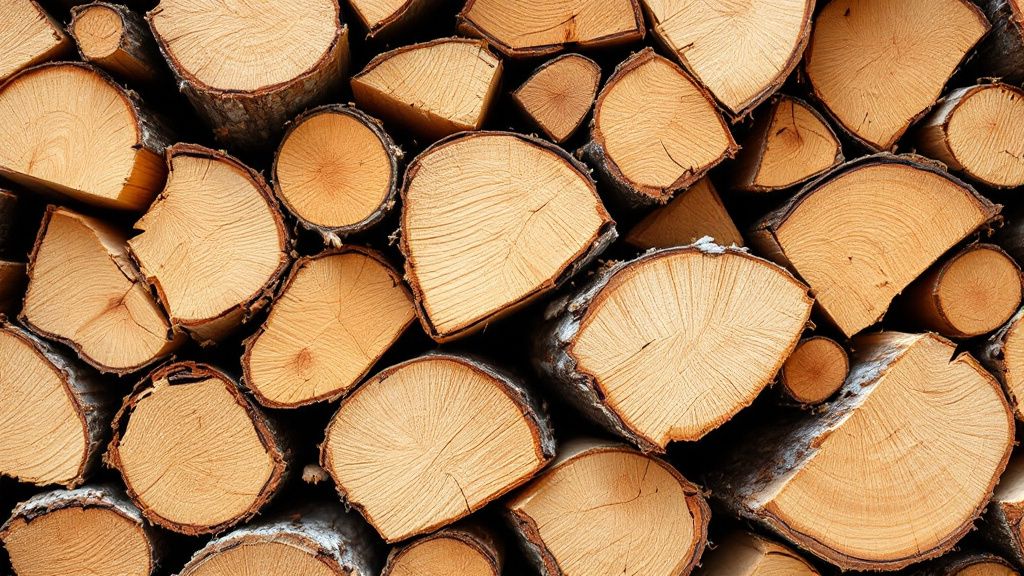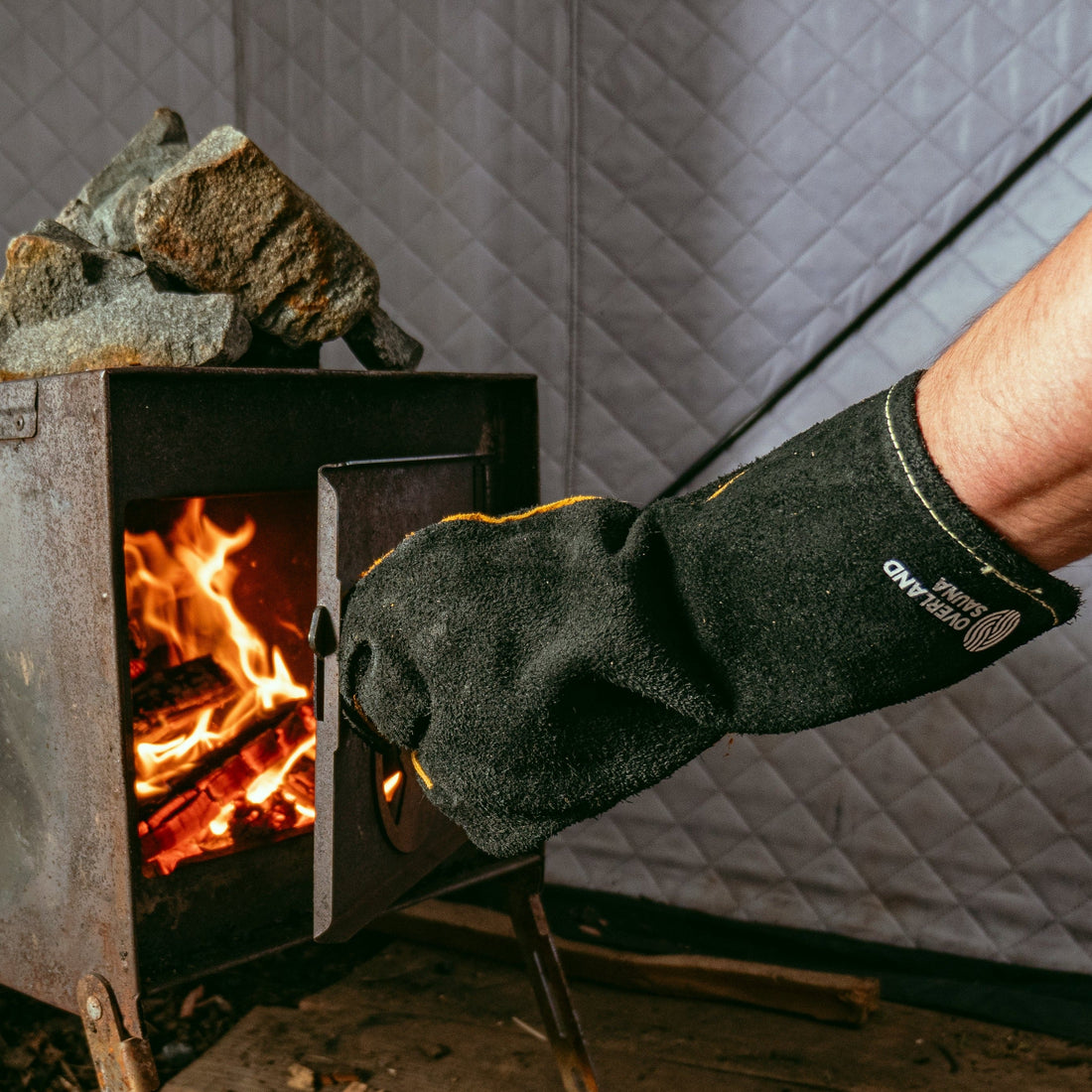Understanding the firewood requirements for a portable sauna tent per session is key to ensuring a relaxing and efficient experience. When you set up a portable sauna, the amount of wood you need can vary based on several factors. Generally, you'll find that sauna wood burning demands about 4 to 6 kilograms of firewood per session. Factors like the efficiency of your sauna heater, the size of your tent, and the ambient temperature play significant roles in determining firewood usage. A well-insulated tent and an efficient burning stove can reduce the wood required, providing you with a toasty sauna experience without excessive consumption. As you become more familiar with your setup, you'll be able to adjust your needs accordingly, ensuring that your sessions are both enjoyable and resource-efficient.

Benefits of Using a Portable Sauna Tent
Portable sauna tents offer a unique blend of relaxation and convenience, making them an intriguing choice for wellness enthusiasts. These compact wellness havens bring a multitude of benefits, from muscle relaxation to improved circulation. With easy setup and mobility, you can enjoy a therapeutic session anywhere, any time. The experience can be further enhanced by adjusting firewood usage to create the perfect temperature, ensuring each session is both comfortable and soothing.
A significant advantage of a portable sauna tent is its eco-friendliness. By fine-tuning sauna wood burning, you can reduce both your carbon footprint and the resources needed for a typical sauna session. This not only benefits the environment but also results in cost savings over time. The compact design of portable sauna tents allows for efficient heat retention, contributing to lower wood usage per session.
To maximize the therapeutic benefits of a portable sauna tent, experiment with different firewood types for your sauna wood burning. Hardwoods like oak or hickory burn longer and hotter, providing an optimal heat experience. Managing your firewood usage effectively can significantly enhance your relaxation and rejuvenation process. Discovering the right combination of wood can transform your sauna routine into a more personalized and efficient experience.

Factors Influencing Firewood Usage
Several factors can significantly influence the amount of firewood you need for each session in your portable sauna tent. The size of your sauna tent plays a crucial role; larger tents generally demand more heat, thus requiring more firewood. Additionally, the efficiency of your stove is pivotal, as a well-designed stove optimizes heat distribution, potentially lowering overall firewood usage each time you indulge in a sauna session.
Choosing the right type of firewood is essential for efficient sauna wood burning. Hardwoods such as oak or maple provide a longer-burning heat, minimizing the amount of wood you need per session. The moisture content of your firewood also matters; seasoned wood with lower moisture content burns more efficiently and generates more heat, enabling you to use less wood while maintaining a consistent temperature in your tent.
In the next few years, advancements in portable sauna design and stove efficiency are likely to reduce firewood consumption significantly. As technology develops, more eco-friendly and efficient sauna solutions will emerge, allowing you to enjoy your sauna experience with minimal resource usage. This evolution will cater to the environmentally-conscious user, ensuring sustainable relaxation and wellness strategies that align with global ecological goals.

Average Firewood Usage Per Session
Understanding the average firewood usage per session in portable sauna tents can help you plan efficient and enjoyable experiences. On average, you can expect to burn approximately 4 to 6 kilograms of firewood for a 60 to 90-minute session. This varies depending on the tent size, the efficiency of the stove, and the desired temperature. Optimal sauna wood burning not only involves the right quantity but also a keen eye on the quality of wood used for sustained heat.
Tracing its evolution from ancient Scandinavian societies, sauna practices have continually emphasized efficient heat generation. In those early days, wood-burning saunas were essential for both warmth and well-being. The tradition has persisted, but technological progress has gradually optimized firewood usage. Modern portable sauna tents inherit this legacy, embodying both tradition and innovation to offer improved efficiency. This historical continuity underscores the importance of mindful resource use, ensuring that even as you indulge in this age-old custom, you are aligned with sustainable practices.

Maximizing Efficiency in Firewood Usage
To maximize efficiency in firewood usage for your portable sauna tent, focus on choosing the right type of wood. Hardwoods like birch and beech are dense and provide more prolonged, consistent heat compared to softwoods. Such efficient burning properties can reduce the overall quantity needed per session, enabling a balanced sauna wood burning approach that combines enjoyment with sustainability.
One unpopular opinion about optimizing firewood for portable saunas is that using a mix of smaller-sized logs and kindling can be more effective than relying solely on large logs. Some believe that larger logs offer longer burn times; however, the smaller pieces light more quickly and ensure an even heat distribution, ultimately helping to maintain an ideal environment inside your sauna tent.
Proper stove maintenance is another crucial aspect of improving firewood efficiency. Regular cleaning of the combustor and chimney ensures optimal airflow, enhancing the burn rate of your wood. This routine care helps limit excess wood consumption, reducing smoke emissions while improving the longevity and performance of your stove, aligning usage with eco-friendly principles.
Strategically positioning your portable sauna tent can also contribute to more efficient firewood consumption. By setting up your tent in a sheltered area away from wind, you ensure that less heat escapes, allowing the stove to maintain a consistent temperature with less effort. This thoughtful placement minimizes firewood waste, ensuring you maximize the enjoyment of your sessions.
Efficient firewood usage results in a more sustainable and cost-effective sauna experience, enriching your relaxation ritual. Adapting these strategies can give you peace of mind that you're making the most of each session while minimizing your ecological footprint. As you refine your firewood techniques, you'll find the balance between comfort and conservation, enriching your experience even further.

Safety Considerations When Using Firewood
When using firewood in your portable sauna tent, safety considerations are paramount. Always ensure proper ventilation within the tent to prevent the accumulation of harmful gases. Adequate air circulation reduces risks associated with smoke inhalation and increases overall safety. It's essential to monitor the tent's interior temperature to prevent overheating, ensuring a safe and enjoyable sauna experience.
One of the most frequently asked questions about firewood usage in saunas is how to safely store wood. Storing firewood away from the tent and any heat sources minimizes fire hazards. Keep your firewood in a dry, sheltered location to ensure it remains easy to light and burns cleaner, which contributes to both efficient sauna wood burning and a safe session.
Regular stove maintenance is crucial for safe sauna use. Inspect the stove and its components for any signs of damage, ensuring all parts are in good working order. This precaution helps prevent unexpected malfunctions during your sessions, minimizing potential fire hazards and protecting your investment in your portable sauna setup. Maintaining attention to these safety guidelines ensures your sauna use is both safe and serene.

